30-8-2019
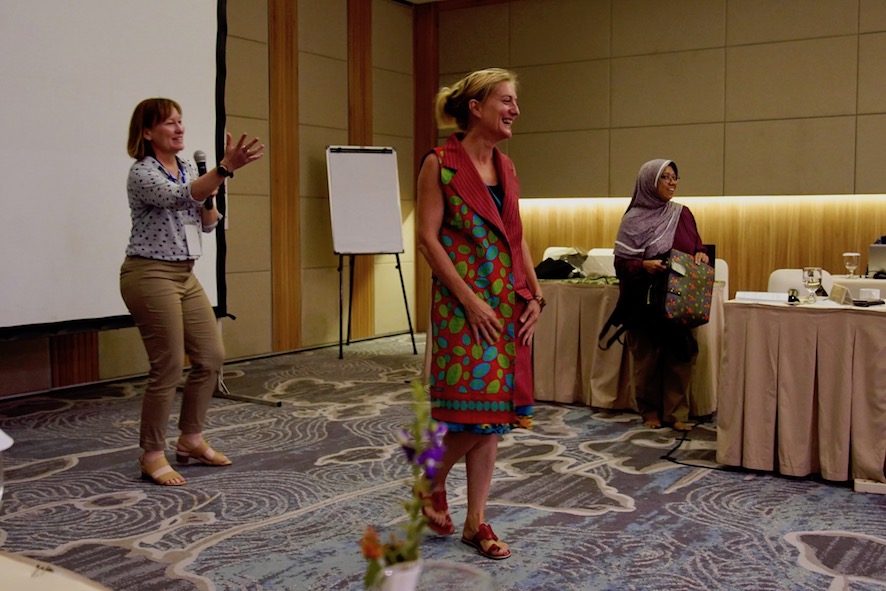
Thanks to Mary et Yuda, the organizers.
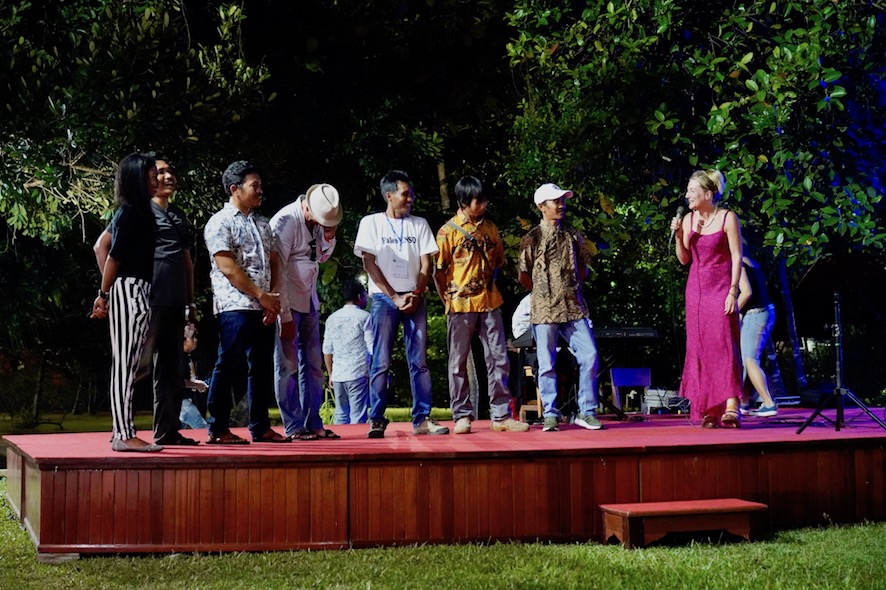
Thanks to the GO Belitung team for their care, understanding and organization.
29-8-2019
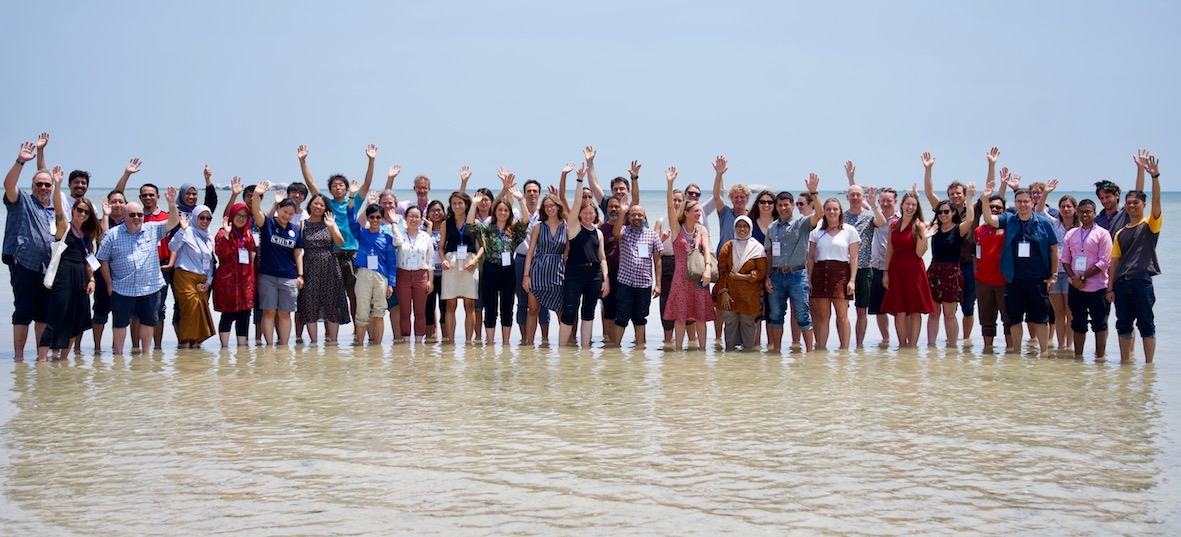
29-8-2019
Over the past three days, the presentations of the work of the one and the others have followed one another and demonstrated the great richness of each other's work. It can be noted here that the Asian, European, American and Australian teams are trying to connect and are providing each other with valuable information for a better understanding of the ENSO phenomenon. This workshop demonstrates, if it were necessary to demonstrate it, all the interest and importance of the collective and international collaboration. Pooling forces and analyses to solve problems is opposed to the idea of competition and this model could be applied to other disciplines and fields of society, political and economic.
The biases of this approach probably lie in certain vertical relationships that occur in a conscious or unconscious way. Language (English as the dominant language) probably creates inequalities between native and non-native speakers. In form, there are significant differences in ease of eloquence that can hide remarkable work on the one hand and overestimate some interventions on the other.
Despite this, everyone contributes with great effort to the success of this workshop, which will probably be a landmark in the world of paleoclimatology.
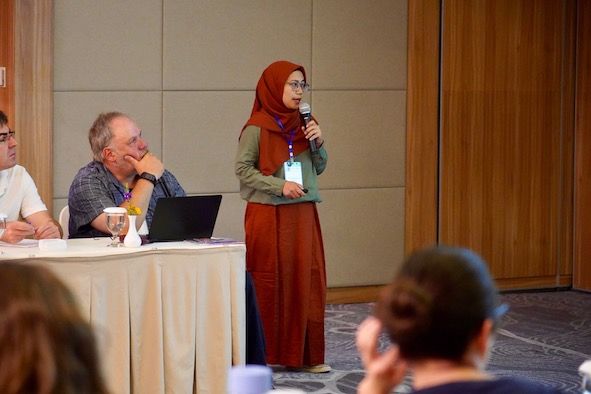
26-8-2019
After a meeting with a representative of the Belitung government, the serious business begins.
A first day that could be described as a successful one. The first presentations are very rich and provide important information: a link could be made between the ENSO phenomenon and the IOD (Indian Ocean equivalent). Until now we hadn't made a match. It is by finding information about 1000 years through corals that we can approach this conclusion (notably thanks to the work of Nerilie Abram, Nicky Wright, Miriam Pfeiffer...). Betgany Ellis suggests that positive IOD extreme events could become more frequent with greenhouse warming leading to an increase in the frequency of extreme weather and climate events in IOD-influenced regions. To verify this, she works from corals. Corals record information. Like surface water temperature, water chemistry, climate... It is by looking at large scales that we can see long-term variations. And possible links between climate events and anthropogenic (human activity related) disturbances. But it is not only corals that need to record information. Trees also and especially teck, as Nathsuda PUMIJUMNONG explains to us.
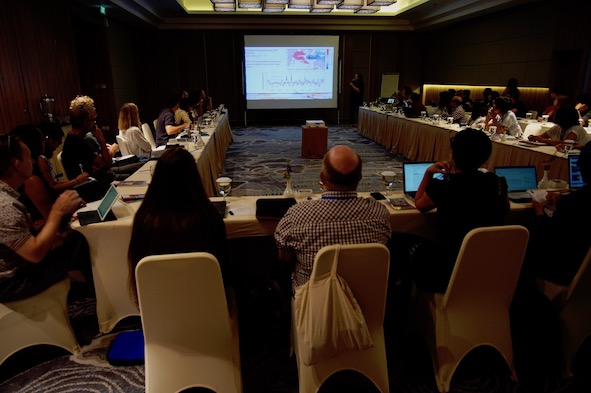
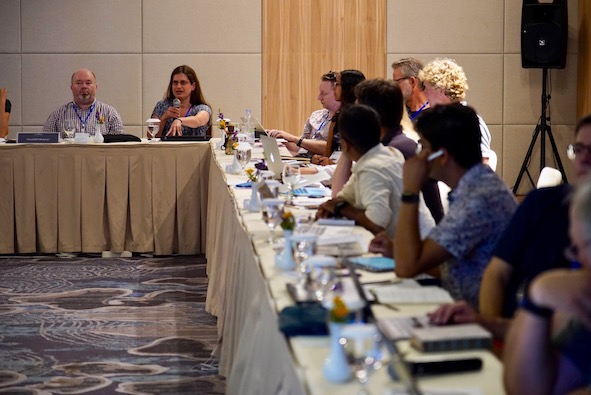
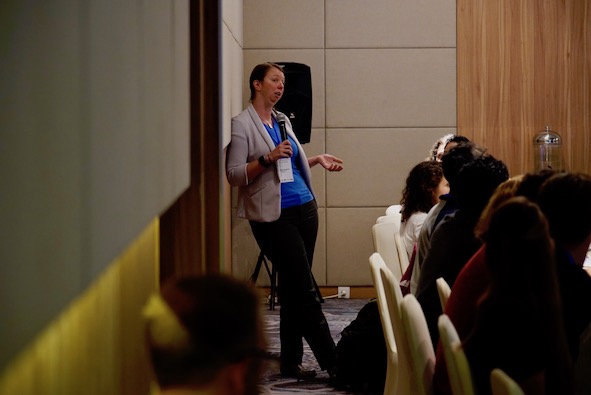
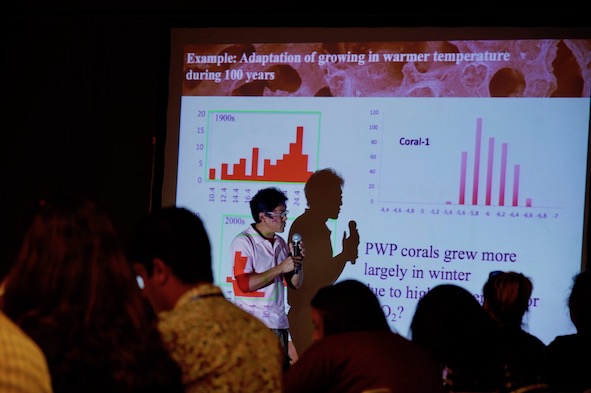
25-8-2019
That's it. That's it. (Almost) all workshop participants have arrived. Tonight, we gathered at the water's edge for a welcome drink and a bite to eat together. Many of us were tired from the trip but everyone is eager to get started. See you tomorrow at 9:00.
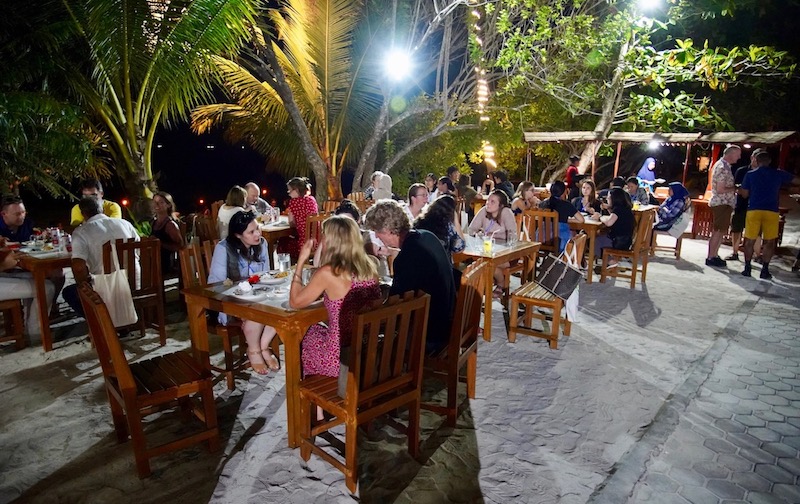
23-8-2019
The PaleoENSO workshop is about to start. Today, we can welcome the first participants: Francesco Pausata, Volker Liebetrau, Helen McGregor, Yuda Cahyarini and Alina Blume are welcomed by Mary Eliott. You can feel the excitement growing.



15-8-2019
Just 10 days before the start of the PaleoENSO workshop in Belitung, Indonesia. 50 researchers from all over the world are meeting to share data on the El Niño and ENSO climate phenomenon.


